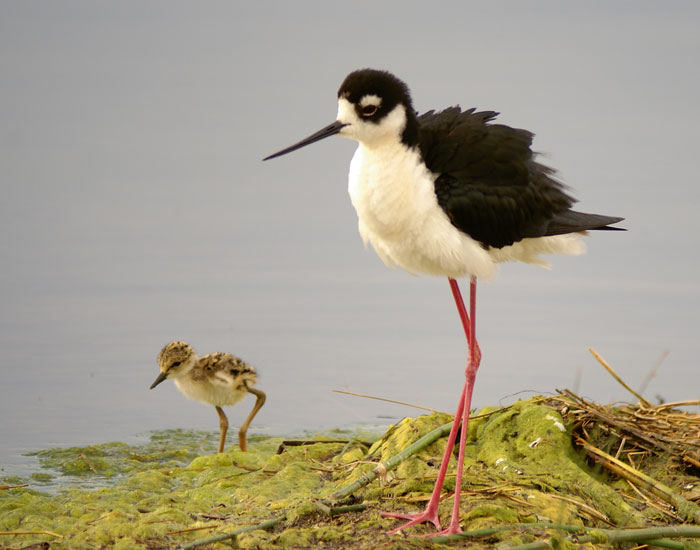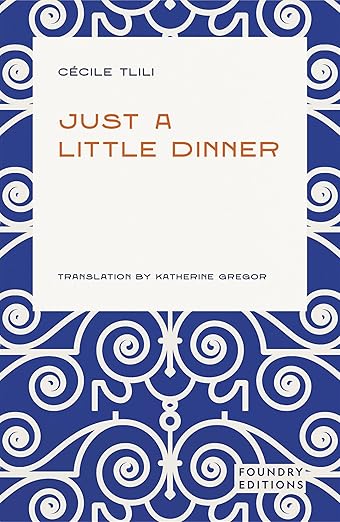Searching amongst nature’s delights in the Canadian Prairies
When you explore a new landscape or even rediscover one you know well, taking a book with you which introduces you to our feathered friends can be a good way to see things and hear things you might not have done so before. Let’s head to the Canadian Prairies today for a nice trail to spot birds..
To write Best Places to Bird in the Prairies, you and your co-authors, Alan Smith and John Acorn, each selected 12 of your favourite spots to see birds in your home province. How did you decide which sites to include?
It was so hard to select just 12 spots per province! There are so many. Rather than talking about every place we like to bird—which is impossible—we tried to pick out good examples of a variety of habitats that are accessible for people living in different communities across the prairies. For example, we highlight Churchill, Manitoba, even though most of our readers won’t have a chance to go there. But we also talk about the great birding opportunities that are right on our doorstep, in our provincial capitals as well as local rural communities. Although most people think of grasslands and croplands when they hear the word “prairies”, the region is also home to a wide variety of forests—ranging from deciduous parkland to coniferous boreal forest—and so many rivers, wetlands, and lakes, too. In the book, we cover birding in all of those types of habitats.
What’s special or unique about birding in the prairies?
The Canadian prairies are unique in that they are at the northern limit of the Great Plains, and so we protect a variety of species that are either locally adapted, and thus genetically distinct from populations elsewhere, or that use Canadian habitats as a refuge from human development further south. So Canada plays a really important conservation role internationally, and we get to watch this conservation in action when we go birding here.
What advice or tips can you give about exploring the area?
Start local. You’ll be amazed at how many unusual and interesting bird species you can find once you start looking. And get some local advice—from a guide, birding club, or our book—to help you figure out what species you are most likely to see where you’re birding.
Do you have any stories or anecdotes to share about your experiences birding in Manitoba, your home province?
My favorite memories are all of birding with friends or family. I love the look of amazement I see on someone’s face when they discover an eastern screech-owl camouflaged against a tree trunk, barely noticeable unless you look closely. Or when they see a great grey owl fly up in front of them on a freezing winter afternoon, or notice the tips of a flock of ruffed grouse’s heads poking up out of the snow. Sometimes you don’t realize what’s all around you unless you look closely. That’s what’s so magical about birding.
What’s the most stunning thing about your home province?
I love that we can access so many different bird communities in just a few hour’s drive. I’m living in Manitoba now, but I’ve also lived in Alberta and worked in Saskatchewan. Our prairie provinces are so gorgeous and diverse, and so is the birdlife that lives here. The species that inhabit the tall-grass prairies south of Winnipeg are completely different from those in the early successional northern parkland forests, and the boreal species are different yet again. We can go kayaking in a lake or creek and see even more unique species there, and during migration we get all sorts of flocks popping in for a quick visit before they move on. There are so many more things I could include in this list—I can’t pick just one!
Many thanks Nicola for this really interesting insight into our feathered friends! The Canadian Prairies are such a stunning place to watch out for them!
BookTrail Boarding Pass: Best Places to Bird in the Prairies
Nicola Koper is an award-winning professor of conservation biology at the University of Manitoba, a scientific advisor to numerous government organizations, and is actively involved in volunteer citizen science programs such as the Manitoba Breeding Bird Atlas. She has co-authored over sixty scientific journal articles in ecology and has written for popular magazines such as The Cottager. She lives in Winnipeg, Manitoba.










